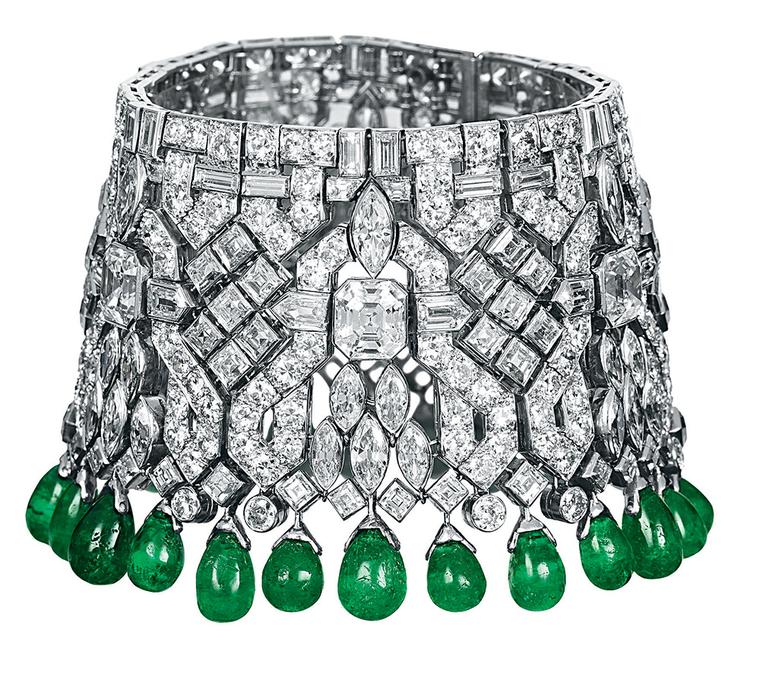The Impossible Collection of Jewelry: The 100 Most Important Jewels of the Twentieth Century

The book The Impossible Collection of Jewelry: The 100 Most Important Jewels of the Twentieth Century, by Vivienne Becker, is a comprehensive survey of the most beautiful and extraordinary jewels from the 20th century. The book covers a wide range of jewels, from the iconic to the obscure, and from the extravagant to the understated.
One of the topics that is discussed in the book is the use of lab-grown diamonds in jewelry. Lab-grown diamonds were first created in the early 1950s, and they have become increasingly popular in recent years.
The book The Impossible Collection of Jewelry: The 100 Most Important Jewels of the Twentieth Century provides a comprehensive overview of the most beautiful and extraordinary jewels from the 20th century, including the use of lab-grown diamonds. The book is a valuable resource for anyone who is interested in learning more about 20th century jewelry or who is considering using lab-grown diamonds in their own jewelry designs.
The History of Lab-Grown Diamonds
The first lab-grown diamonds were created in the early 1950s by General Electric. The diamonds were created using a process called chemical vapor deposition (CVD). CVD involves depositing carbon atoms onto a substrate in a high-pressure, high-temperature chamber.
The Use of Lab-Grown Diamonds in Jewelry
Lab-grown diamonds have been used in jewelry since the early 1950s. However, their use has become more widespread in recent years. This is due to a number of factors, including the increasing availability of lab-grown diamonds, the decreasing cost of lab-grown diamonds, and the growing awareness of the environmental and ethical issues associated with natural diamonds.
The Ethics of Lab-Grown Diamonds
One of the reasons why lab-grown diamonds are becoming increasingly popular is because they are seen as a more ethical option than natural diamonds. The mining of natural diamonds can have a negative impact on the environment and the people who live in diamond-producing countries. Lab-grown diamonds, on the other hand, do not have any of these negative impacts.
The Future of Lab-Grown Diamonds in Jewelry
The use of lab grown diamonds in jewelry is likely to continue to grow in the future. As the technology for growing lab-grown diamonds continues to improve, the diamonds will become even more affordable and accessible.
This is likely to lead to even more people choosing to wear lab-grown diamonds, as they become seen as the more ethical and sustainable option.
Lab-Grown Diamonds in The Impossible Collection
The book The Impossible Collection of Jewelry: The 100 Most Important Jewels of the Twentieth Century includes a few examples of jewelry that features lab-grown diamonds. One example is the Graff Vivid Yellow Diamond. This diamond is a 100.20-carat, lab-grown yellow diamond. It is the largest lab-grown yellow diamond in the world.
Another example is the Aurora Dazzle necklace. This necklace features a 16.01-carat, lab-grown pink diamond. It is the largest lab-grown pink diamond in the world.
Conclusion
The book The Impossible Collection of Jewelry: The 100 Most Important Jewels of the Twentieth Century provides a comprehensive overview of the most beautiful and extraordinary jewels from the 20th century. The book includes a few examples of jewelry that features lab-grown diamonds. These examples demonstrate the growing popularity of lab-grown diamonds in jewelry.
